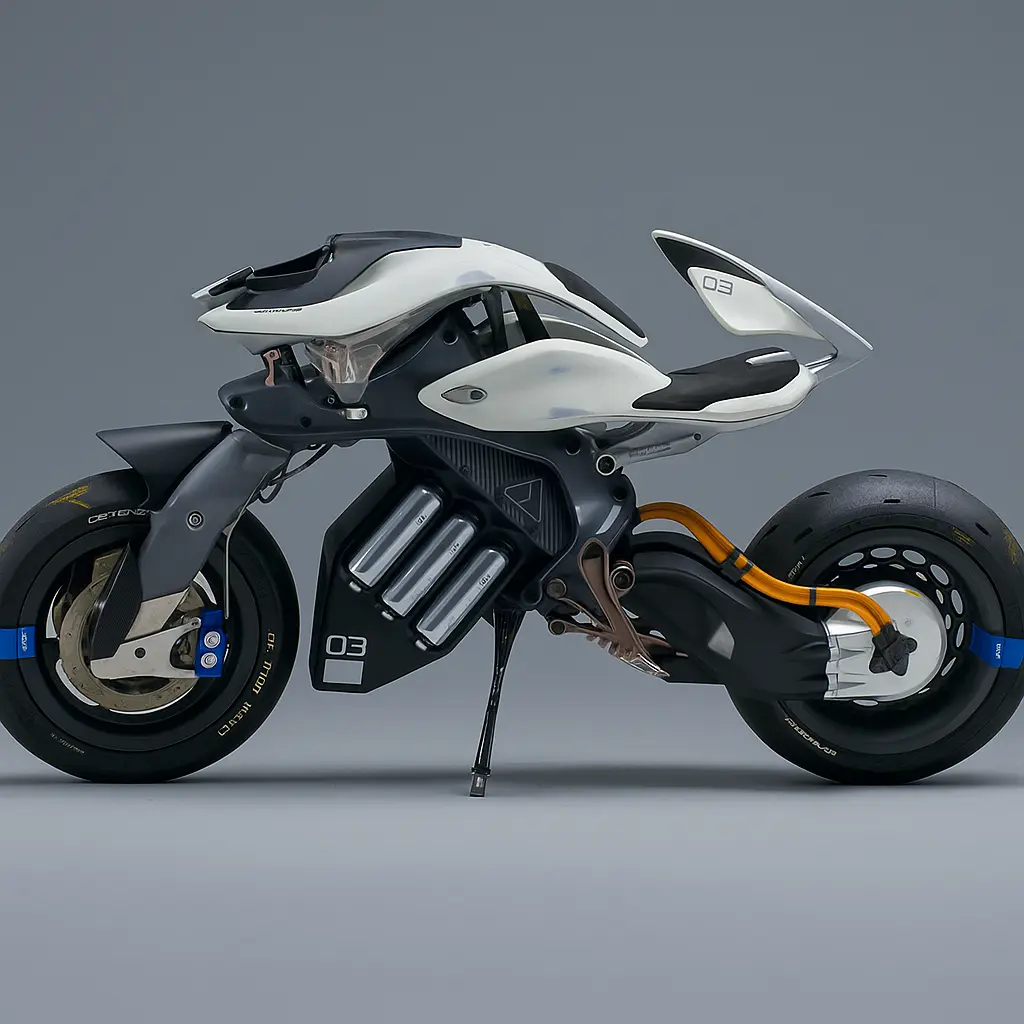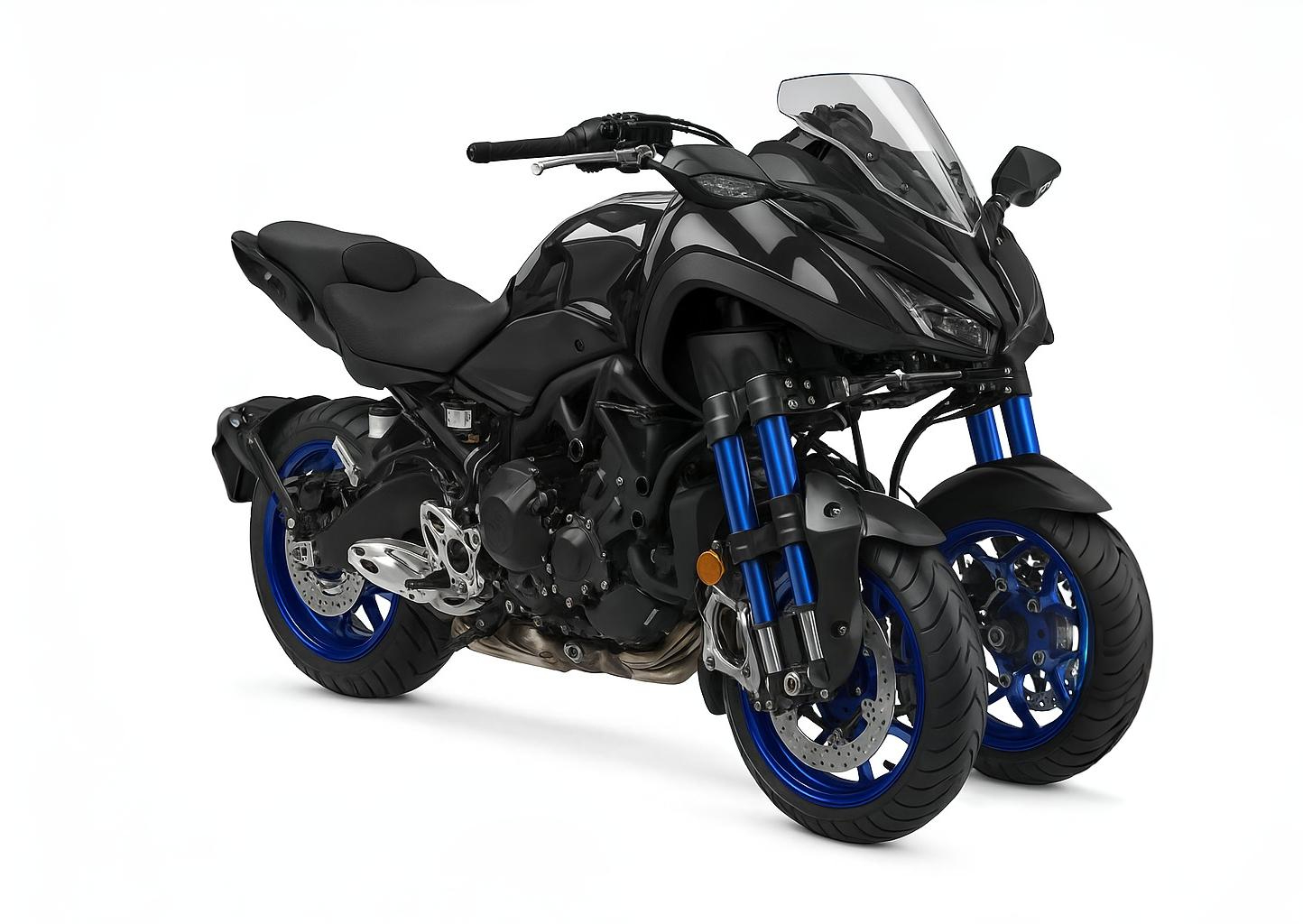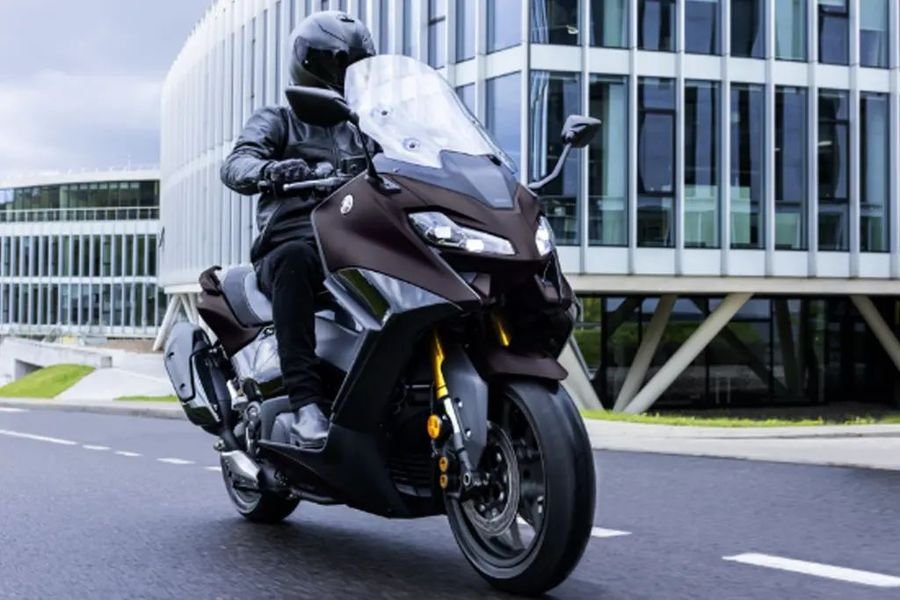Yamaha YZF-R1: Ultimate Superbike Review, Specs, Features & Price (2025 Guide)
Introduction to the Yamaha YZF-R1
What is the Yamaha YZF-R1?
The Yamaha YZF-R1 is a flagship liter-class supersport motorcycle that has captured the hearts of enthusiasts since its introduction in 1998. Designed with track performance in mind, this machine blends cutting-edge technology, MotoGP-inspired design, and raw power into a thrilling street-legal package. It's not just a motorcycle—it's a legend in motion.
History and Legacy of the R1
The R1 revolutionized the superbike market upon release with its lightweight chassis and powerful engine. Over the years, Yamaha has refined the R1 through track-focused engineering and relentless innovation. With each model, the R1 has maintained its identity as a performance beast while adapting to modern rider needs through advanced electronics and superior ride dynamics.
2025 Model Overview
What's New in the 2025 Yamaha YZF-R1?
For 2025, Yamaha continues its legacy of performance and innovation by enhancing the R1 with:
-
Updated aerodynamics for better downforce
-
Refined electronics package with improved AI-assisted ride modes
-
Lightweight frame tweaks for enhanced cornering precision
The 2025 model focuses on refining what already works incredibly well while introducing smarter and sleeker tech for an evolved riding experience.
Key Highlights and First Impressions
Riders and reviewers have noted a sharper throttle response, a more intuitive TFT display, and improved suspension feedback. The 2025 R1 also debuts in two new colorways—“Tech Black” and “Icon Performance Blue”—adding style to speed.
Engine and Performance
Engine Specifications
The Yamaha YZF-R1 houses a 998cc, inline 4-cylinder, crossplane crankshaft engine, producing around 200 horsepower at 13,500 rpm and 113 Nm of torque. This engine architecture delivers a broad torque curve, allowing riders to experience immense power in both mid and high RPMs.
| Specification | Detail |
|---|---|
| Engine Type | 998cc, liquid-cooled, 4-stroke DOHC inline-4 |
| Max Power | ~200 HP @ 13,500 RPM |
| Torque | ~113 Nm @ 11,500 RPM |
| Transmission | 6-speed with Quick Shift System (QSS) |
Top Speed, Acceleration, and Horsepower
The R1 rockets from 0 to 100 km/h (0-62 mph) in about 2.7 seconds, with a top speed reaching nearly 186 mph (299 km/h). This makes it not just fast, but fiercely competitive on any circuit.
Performance Comparison with Rivals
Compared to the Suzuki GSX-R1000 and BMW S1000RR, the R1's crossplane engine delivers smoother torque and more engaging power delivery, especially in track settings. While the BMW edges ahead in tech, the R1 scores high for raw feel and throttle connection.
Design and Aesthetics
Aerodynamic Design Elements
The 2025 Yamaha YZF-R1 features a sleek, wind-tunnel-tested fairing that improves airflow and reduces drag. Integrated winglets and sculpted bodywork ensure enhanced stability at high speeds, mirroring its MotoGP cousin—the YZR-M1.
LED Lighting and Display
Full LED lighting in both headlamps and tail lamps offers excellent visibility and a sharp aesthetic. The new 5-inch TFT display now includes a customizable layout, day/night modes, and better contrast under sunlight.
Available Colors and Graphics
Available color variants:
-
Icon Performance Blue (classic Yamaha look)
-
Tech Black (stealth-inspired)
-
Limited Edition R1M Livery (carbon fiber with silver and blue trim)
Ride Quality and Comfort
Ergonomics and Seating Position
Though it's a supersport bike, the R1’s ergonomics offer enough comfort for both short and moderate rides. The clip-ons and rear-set footpegs encourage an aggressive stance while allowing for some adjustment to fit rider preferences.
Suspension and Handling
Equipped with fully adjustable KYB suspension in the standard R1 and Öhlins electronic suspension in the R1M, the bike is ready to tackle everything from tight corners to high-speed sweepers.
Ride Modes and Adjustability
Riders can choose between multiple preset modes—A, B, C, and D—offering different throttle responses, traction control, and wheelie control settings. Custom maps can also be configured for specific tracks or conditions.
Technology and Electronics
Quick Shifter and Launch Control
The standard Quick Shift System (QSS) offers seamless clutchless upshifts and downshifts. Launch Control ensures explosive starts, especially useful on drag strips or race starts.
Traction Control and ABS
A six-axis IMU supports advanced Lean-Sensitive Traction Control, Slide Control, and Cornering ABS, keeping the rider safe and confident in all conditions.
TFT Instrument Panel and Connectivity
Bluetooth integration now allows the R1 to connect to Yamaha’s Ride Control app for diagnostics, mode settings, and navigation assistance—a big plus for tech-savvy riders.
Braking and Safety Features
Front and Rear Braking Setup
Brembo brakes in the front with 320mm dual discs and radial calipers offer exceptional stopping power. The rear has a 220mm disc and Nissin caliper, ensuring a balanced brake feel.
Safety Enhancements for Track and Street
Features like engine braking management, slide control, and lift control ensure that even high-speed braking or aggressive cornering is handled with grace and safety.
Fuel Economy and Tank Range
Real-World Mileage
While high-performance bikes aren’t known for stellar fuel efficiency, the R1 delivers about 15-17 km/l under mixed riding conditions.
Tank Capacity and Riding Range
With a 17-liter tank, riders can expect a practical range of around 250-270 km, making it manageable for short touring rides between fill-ups.
Maintenance and Reliability
Service Intervals and Costs
Routine servicing every 5,000–6,000 km is recommended. Costs can vary depending on usage, but expect around $250–$400 per service.
Build Quality and Long-Term Reliability
Built in Japan with precision engineering, the R1 holds a reputation for durability, especially when maintained regularly. Components are built to handle track abuse and still last tens of thousands of kilometers.
Yamaha YZF-R1 Price and Variants
Ex-Showroom and On-Road Prices (Global)
| Country | Ex-Showroom Price |
|---|---|
| USA | $18,399 (Standard) |
| UK | £17,800 |
| India | ₹20.39 Lakh (CBU import) |
| Australia | AUD 29,999 |
Available Trims and Editions
-
YZF-R1 (Base)
-
YZF-R1M (Premium track-focused) – includes carbon fiber fairing, electronic suspension, data logging
Yamaha YZF-R1 vs Competitors
vs Suzuki GSX-R1000
The Suzuki offers a smoother road ride, but lacks the razor-sharp electronics and high-end track performance of the R1.
vs Honda CBR1000RR-R
Honda boasts more peak horsepower but is pricier. Yamaha offers a better balance of tech and affordability.
vs BMW S1000RR
The BMW is more feature-rich but lacks the engaging feel of Yamaha’s crossplane engine. The R1 remains a favorite for purists.
Who Should Buy the Yamaha YZF-R1?
Rider Profiles: Beginners vs Pros
The R1 is ideal for intermediate to experienced riders. Due to its sheer power and responsive nature, it's not recommended for complete beginners.
Use Cases: Street, Track, Touring
While it's best suited for the track, it can be adapted for aggressive street riding and short-distance touring with minor modifications like a tank bag or tail bag.
Expert & User Reviews
Rider Testimonials
Owners rave about its high-speed stability, predictable handling, and engaging ride feel. One user described it as “the closest thing to riding a MotoGP bike on the street.”
Media and Expert Reviews Summary
Magazines like Cycle World and MCN praise the 2025 R1’s refined electronics, improved chassis feedback, and exhilarating engine. It remains a top pick among superbikes.
Pros and Cons of the Yamaha YZF-R1
| Pros | Cons |
|---|---|
| Superb engine performance | Expensive maintenance |
| Cutting-edge electronics | Not beginner-friendly |
| Aggressive styling | Fuel economy |
| Track-ready suspension | Limited touring comfort |
Frequently Asked Questions (FAQs)
1. What is the top speed of the Yamaha YZF-R1?
The R1 can reach up to 186 mph (299 km/h).
2. Is the Yamaha YZF-R1 street-legal?
Yes, it’s fully street-legal while being track-capable.
3. How much horsepower does the 2025 R1 have?
It produces approximately 200 horsepower.
4. What are the main differences between R1 and R1M?
The R1M includes carbon bodywork, electronic Öhlins suspension, and advanced data logging features.
5. Is the Yamaha YZF-R1 good for long rides?
Not primarily, but with minor modifications, it can manage short-distance touring.
6. How often should I service the Yamaha YZF-R1?
Every 5,000–6,000 km under normal riding conditions.
Conclusion
The Yamaha YZF-R1 stands tall as a superbike that doesn’t just push the envelope—it rewrites it. With decades of track heritage, cutting-edge electronics, and a distinct character, it’s an irresistible choice for riders who crave adrenaline and refinement in one package. Whether you're carving corners or chasing apexes on a circuit, the R1 promises a ride like no other.




